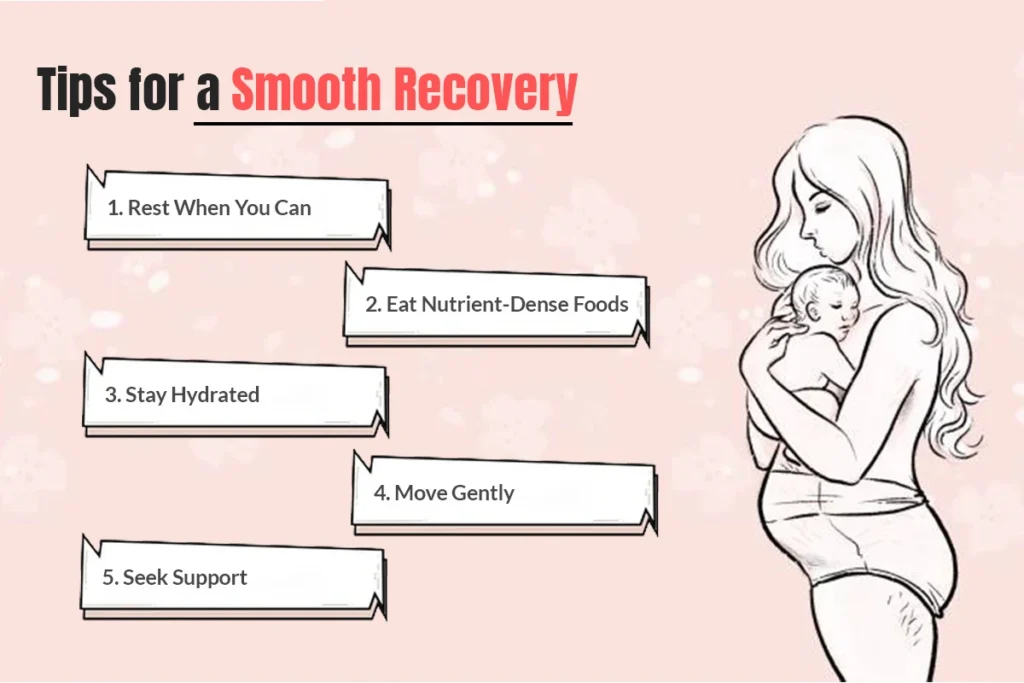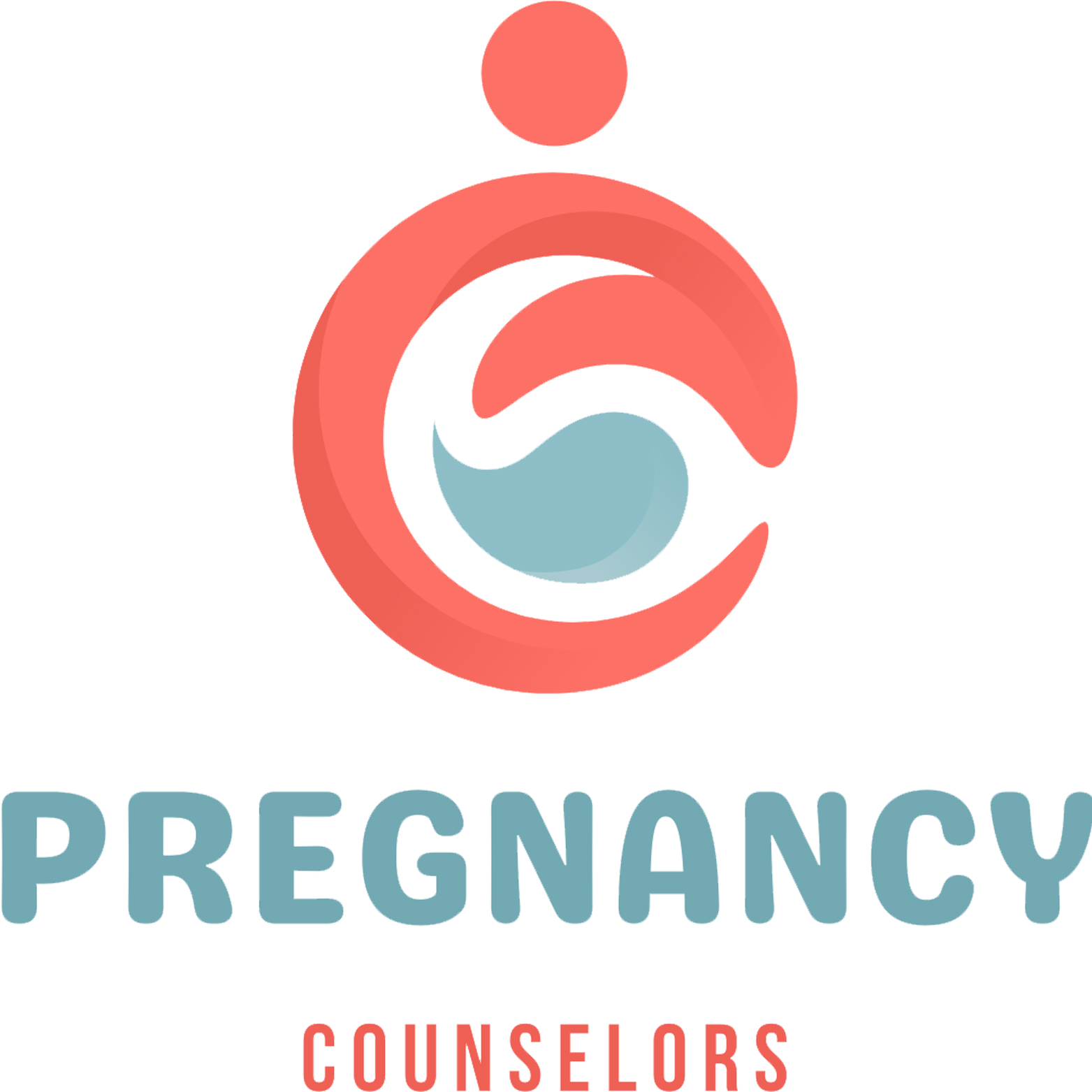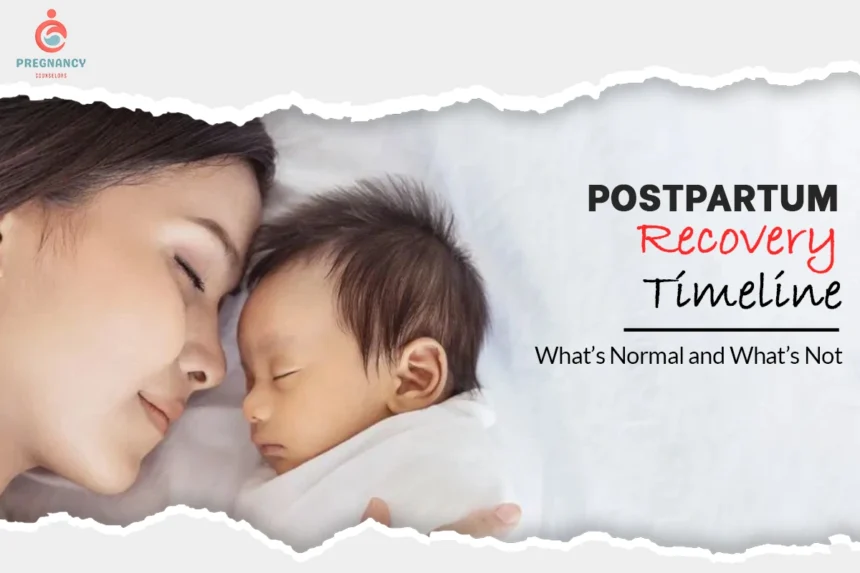Giving birth is a life-changing experience, but the postpartum recovery period can feel like a rollercoaster. Your body goes through major changes, and it’s normal to wonder what’s expected and when to seek help. This guide breaks down the typical postpartum recovery timeline, highlights what’s normal, and flags what’s not, so you can navigate this phase with confidence.
The First Week: Immediate Recovery
The first week after childbirth is intense as your body begins healing. Whether you had a vaginal delivery or a C-section, expect some discomfort.
- Physical Changes: You’ll likely experience vaginal bleeding (lochia), which is heavy and bright red at first. It’s normal for this to last a few days, gradually lightening. Mild cramping as your uterus shrinks back is also common. If you had a C-section, your incision site will be sore and needs careful cleaning.
- Emotional Shifts: Mood swings, often called the “baby blues,” are typical due to hormonal changes. You might feel tearful or overwhelmed but still bonded with your baby.
- What’s Not Normal: Heavy bleeding that soaks a pad in an hour, large blood clots (bigger than a golf ball), or a foul-smelling discharge could signal an issue. Severe sadness or detachment from your baby may indicate postpartum depression, which requires medical attention.
Tip: Rest as much as possible, stay hydrated, and accept help from family or friends.
Weeks 2-6: Early Recovery
Between weeks two and six, your body keeps healing, and you’ll gradually start feeling more like yourself. This phase of postpartum recovery focuses on regaining strength and adjusting to motherhood.
- Physical Changes: Lochia should lighten to a pinkish or yellowish discharge and taper off by week six. Breast tenderness is a common experience as your milk supply adjusts, regardless of whether you’re breastfeeding. If you had a C-section, your scar will start to heal, but may still be tender. Energy levels may improve, but fatigue is normal due to disrupted sleep.
- Emotional Shifts: The baby blues should fade by week two. You might feel moments of joy mixed with stress as you adapt to your new routine.
- What’s Not Normal: Persistent heavy bleeding, fever, or worsening pain at the incision site could indicate infection or complications. Ongoing sadness, anxiety, or thoughts of harming yourself or your baby are red flags for postpartum depression or anxiety and need immediate attention.
Tip: Start gentle walks to boost circulation, but avoid strenuous exercise. Check in with your doctor at your six-week postpartum visit.
Months 2-6: Mid-Recovery
By months two to six, postpartum recovery shifts toward rebuilding strength and settling into a new normal. Your body is still adjusting, but you’ll likely feel more capable.
- Physical Changes: Lochia should be gone by now. Your uterus is nearly back to its pre-pregnancy size, and any perineal or incision pain should be minimal. Hair loss is common due to hormonal shifts, but it’s temporary. If breastfeeding, your supply should stabilize. You may start feeling ready for light exercise, like yoga or brisk walking.
- Emotional Shifts: You’re likely bonding more with your baby and gaining confidence as a parent. However, sleep deprivation or stress can still affect your mood.
- When to Seek Help: Persistent pelvic pain, urinary incontinence, or painful intercourse may indicate pelvic floor dysfunction or other concerns.
Tip: Focus on a balanced diet rich in protein and fiber to support healing. Try pelvic floor exercises, and consult a physical therapist if necessary.
6-12 Months: Long-Term Recovery
By six months to a year, most women feel closer to their pre-pregnancy selves, though postpartum recovery varies. Your body and mind are still adapting, especially if you’re breastfeeding or managing a busy schedule.
- Physical Changes: Your menstrual cycle may return, though breastfeeding can delay it. Any remaining hair loss should slow down. You might notice changes in your body shape or weight, which is normal as your body adjusts. Strength and energy levels should improve, allowing for more intense exercise if cleared by your doctor.
- Emotional Shifts: You’re likely more comfortable in your parenting role. Confidence grows, but occasional stress or fatigue is normal as you juggle responsibilities.
- What’s Not Normal: Persistent pain, heavy periods, or ongoing incontinence may require a doctor’s evaluation. Lingering feelings of sadness, isolation, or difficulty bonding with your baby could indicate postpartum depression or other mental health concerns.
Tip: Prioritize self-care, like short naps or mindfulness practices. Connect with other parents for support.
Factors That Affect Recovery
Every woman’s postpartum recovery is unique. Several factors influence how quickly you heal:
- Delivery Type: C-sections often require longer recovery than vaginal births due to surgical healing.
- Health Conditions: Pre-existing conditions like diabetes or thyroid issues can slow recovery.
- Lifestyle: Adequate rest, nutrition, and support from family or friends can speed up healing.
- Mental Health: Stress or lack of support can worsen emotional challenges, impacting physical recovery.
Red Flags to Watch For
While postpartum recovery varies, some symptoms always warrant a call to your doctor:
- Heavy bleeding or large clots after the first week.
- Fever, chills, or foul-smelling discharge.
- Severe pain in your abdomen, pelvis, or incision site.
- Ongoing feelings of sadness, anxiety, or thoughts of harming yourself or your baby require immediate attention.
- Trouble urinating, ongoing incontinence, or painful intercourse.
Don’t hesitate to seek help if something feels off. Your health matters.
Tips for a Smooth Recovery

To support your postpartum recovery, try these practical steps:
- Rest When You Can: Nap when your baby naps to combat fatigue.
- Eat Nutrient-Dense Foods: Focus on whole grains, lean proteins, fruits, and veggies to fuel healing.
- Stay Hydrated: Drink plenty of water, especially if breastfeeding.
- Move Gently: Start with light activity like walking, and gradually increase intensity with your doctor’s approval.
- Seek Support: Talk to friends, family, or a therapist about your feelings. Joining a postpartum support group can also help.
When to Seek Professional Help
Your six-week postpartum checkup is a great time to discuss concerns, but don’t wait if you notice red flags sooner. If you’re struggling emotionally, a therapist or counselor specializing in postpartum mental health can make a big difference. For physical issues like pelvic pain or incontinence, a pelvic floor therapist can offer targeted support.
Final Thoughts
Postpartum recovery is a journey, not a race. Every woman’s timeline is different, but knowing what’s normal and what’s not can help you navigate this phase with confidence. Listen to your body, prioritize self-care, and don’t hesitate to reach out for help. With time and patience, you’ll feel stronger, both physically and emotionally, as you embrace your new role as a parent.

